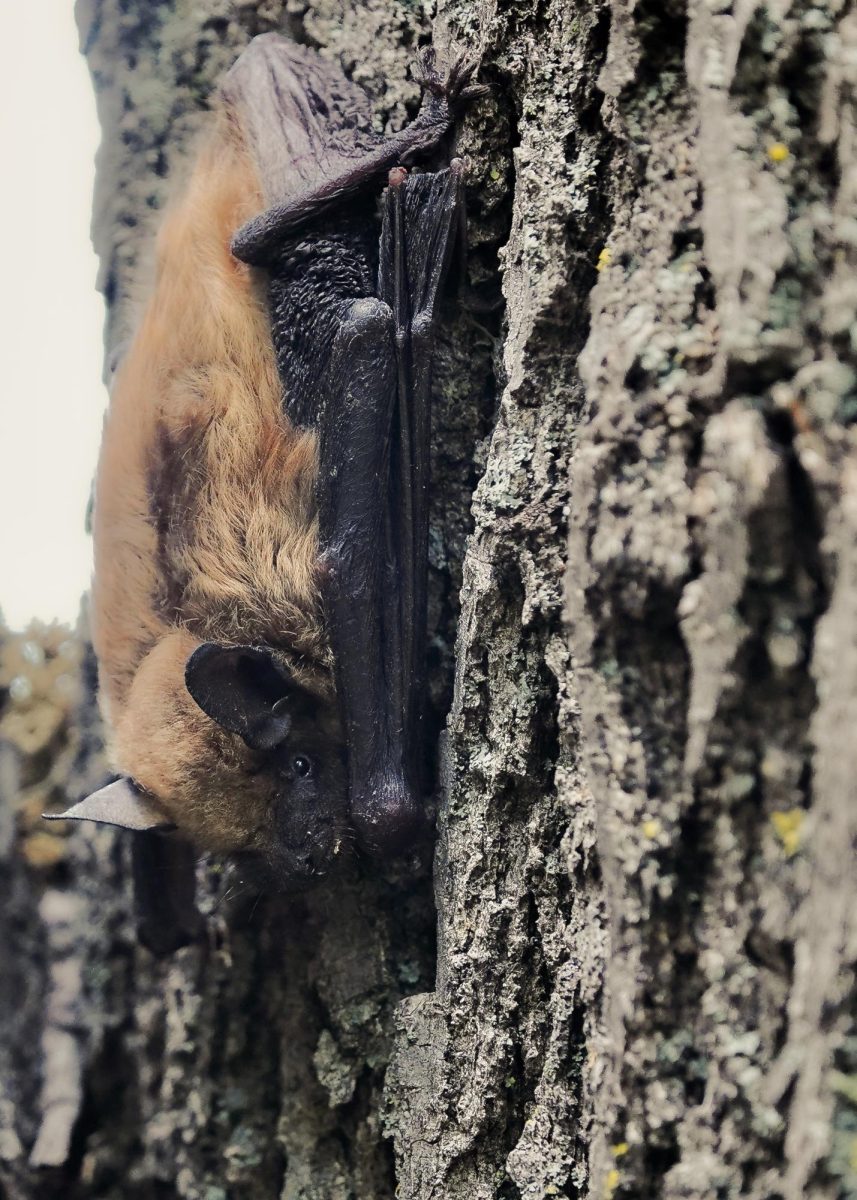As part of a county initiative, Madison Children’s Museum, the Clean Lake Alliance of Dane County and others received more than $17,000 through grants from the County’s Environmental Council.
The council awarded the grants to organizations dedicated to education and conservation efforts for either program or equipment funding. The money will maintain a homing pigeon program at the museum, and also go toward purchasing new lake monitoring equipment at the Clean Lake Alliance.
Madison Children’s Museum education director Kia Karlen said $1,000 of the grant money will help purchase equipment for the museums homing pigeon program, which aims to educate and excite children about past forms of technology. She said the program falls under an umbrella of Urban Nature Programming designed to connect city children with nature.
The museum already has a pigeon loft on the roof of the building, and funding will go toward maintaining the equipment needed to transport the pigeons, Karlen said. This is vital because homing pigeons are only capable of one-way communication, meaning they can only fly back to the loft.
“It’s really a wonderful program that ties together the history of how people communicated, and of course they get to learn about the pigeons themselves,” Karlen said.
Homing pigeons were used as a means of communication all the way up to the first World War, so they provide a good way to engage students in retro technology, Karlen said. The museum has a number of similar programs where educators take modern tools and show children their earliest stages.
The Environmental Council consists of two supervisors and five citizen members with the goal of protecting water and land sources, Mindy Habecker, Dane County natural resource and community development educator said. The grant program began with a mere $1,000 in the ’90s before growing into a more substantial program, she said.
In determining grant recipients, Habecker said the council looks for applicants that demonstrate the money will go toward sustained public and environmental benefit.
She said the homing pigeons would allow more community children to learn about animals and therefore their environment.
“Every single one of the projects that were founded were compelling in their own way,” Habecker said. “Many are really grassroots non-profit organizations that aren’t looking for a lot of money but have the energy to get something down on the ground.”
The grant money will also fund more direct environmental applications, such as the monitoring surrounding lakes.
Clean Lake Alliance spokesperson Adam Sodersten said his organization is dedicated to cleaning lakes within the Yahara watershed and, by extension, increasing recreational use of the lakes. He said when more people use the lakes, they tend to care more about water quality and thus provide more political pressure to ensure they stay clean.
Keeping the lakes clean means reducing algae-inducing phosphorus, Sodersten said. To this end, the county funds will go toward monitoring devices designed to measure conditions in the middle of subject lakes.
Already, the alliance relies on volunteers to monitor lake clarity around the shore, Katie Nicholas, Clean Lakes Alliance watershed coordinator, said. The grant provides $2,500 for YSI meters to detect dissolved oxygen, temperature and water clarity at significant depth.
Nicholas said taking measurements in the middle of the lakes is critical because the center of lakes are the most representative of the lake health as a whole. Using samples from the middle of the lake and comparing it to observations near the shore also allows researchers to make more inferences regarding trends in the lake condition.
Madison’s ‘Lost City’: Inside the forgotten remains of Lake Forest
Sodersten said the Clean Lake Alliance hopes they can eventually dramatically reduce phosphorous by encouraging use of the lake and providing accurate information.
“Our goal is to reduce phosphorus levels by 50 percent by 2025,” Sodersten said.
The county awarded funds to 14 other organizations to combat other environmental issues, such as invasive species. The grant is funded by Dane County’s Land and Water Legacy Initiative and local businesses.













